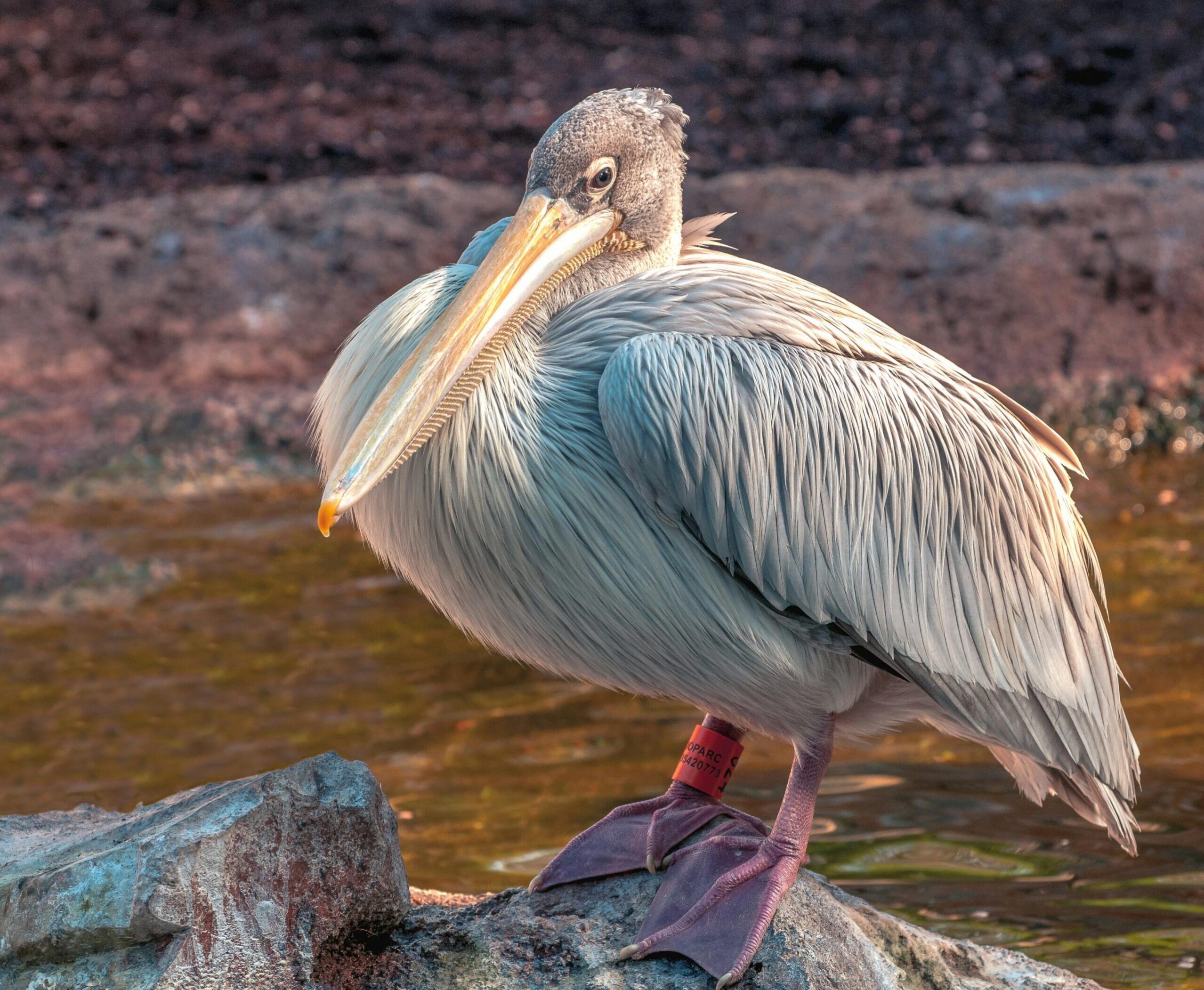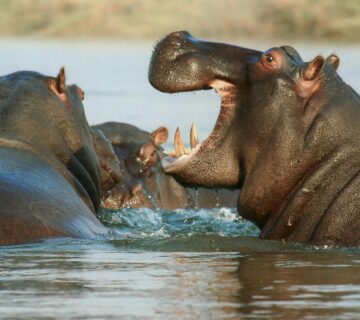What Is The Best Time To Visit Queen Elizabeth National Park?
Queen Elizabeth National Park is open to visitors all year round, but the best time to visit largely depends on what kind of experience you seek—whether it’s the best game viewing, lush scenery, or budget-friendly travel. The park experiences two main seasons: the dry season and the wet season, each offering unique advantages and disadvantages to travelers.
The Dry Season (June to September and December to February)
This is the most popular and recommended time to visit Queen Elizabeth National Park. During this period, the weather is generally sunny with very little rainfall, and temperatures range between 18°C and 28°C. Vegetation becomes thinner, and animals gather around the water sources, making it easier to spot wildlife.
Advantages of the Dry Season
- Wildlife viewing is at its best as animals congregate near waterholes and the plains are more open for clear visibility.
- The park’s roads and trails are dry and easier to navigate, improving accessibility for game drives and boat safaris.
- The risk of mosquitoes and other insects is lower compared to the rainy months.
- Perfect weather for photography, with clear skies and bright sunlight that enhances the park’s scenic beauty.
Disadvantages of the Dry Season
- This is the peak tourist season, so accommodation rates tend to be higher and lodges can get fully booked.
- Some parts of the park, especially the crater lakes and grasslands, may appear dry and dusty.
- Animals may be concentrated in fewer areas, reducing the diversity of sightings in some zones.
The Wet Season (March to May and October to November)
The wet or rainy season brings life back to the park, turning the savannah into a lush green paradise. Rainfall is moderate to heavy, but showers are often brief, allowing for continued exploration. This season attracts fewer tourists, offering a more peaceful and budget-friendly experience.
Advantages of the Wet Season
- The park’s scenery becomes greener and more picturesque, ideal for landscape and bird photography.
- Migratory birds arrive, making it the best period for birdwatching enthusiasts.
- Lodges offer discounted rates, making it more affordable for travelers on a budget.
- Fewer tourists mean you can enjoy a more private and intimate safari experience.
Disadvantages of the Wet Season
Some roads and tracks may become muddy and challenging to drive on, particularly in remote areas of the park.
Animal sightings can be more difficult as wildlife disperses across the park due to the abundance of water.
Occasional heavy rains may disrupt game drives or boat cruises, especially on the Kazinga Channel.
Overall Recommendation
The best time to visit Queen Elizabeth National Park is during the dry season (June to September and December to February). This period guarantees the best wildlife viewing opportunities, smoother accessibility, and comfortable conditions for safaris and photography. However, if you prefer a quieter experience, stunning green landscapes, and lower costs, visiting during the wet season can be equally rewarding—especially for birdwatching and scenic relaxation.





